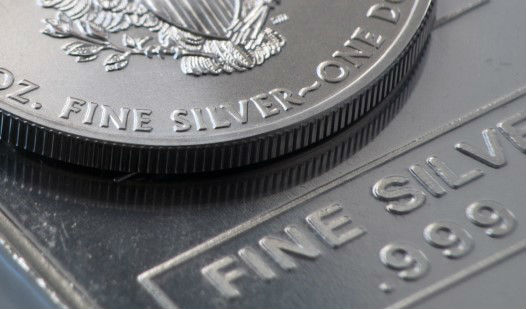The market should predict expected future trends, and not price assets simply according to current value. Given the steep drop in the price of gold, one might conclude that the market anticipates a future excess of gold production. However, one might be wrong. Many people predict an upcoming decline in gold production, starting in 2013. A step back to view the larger picture can resolve this seeming contradiction.
This is not the first big swing in gold prices. There was another big run-up in 1980, when gold rose from an inflation-adjusted value of $400 to about $2200 (nominal peak of $850). At that time, the price surge happened because of double-digit inflation coupled with the political uncertainty of Russia’s invasion of Afghanistan. People tried to use gold as a hedge against their concerns that the value of the dollar, recently decoupled from gold, would drop. Gold production did not significantly change during this period. Gold fell precipitously once inflation was controlled and political concerns allayed.
Gold hovered at the $300-$400 level until about 2004, gradually increasing to the $700 range by 2008. At that point, the financial crisis hit and price of gold skyrocketed once again. Just as in the 1980s, people were concerned about the future. The entire banking sector, the economy and the value of the dollar all seemed to be in danger of collapse. When the Fed entered the uncharted territory of quantitative easing, investor fear compounded. Once again, gold was the natural hedge to protect asset values. Although the economy eventually stabilized and began to recover, the recovery remained tepid at best. Quantitative easing continued, and gold prices remained in their steep upward climb. Throughout this period, the production supply of gold has not fallen and, in fact, has remained relatively steady.
So, why are gold prices falling now? People are no longer panicked. Inflation has not yet occurred, and the economic indicators have improved enough that the Fed is increasingly likely to begin a pullback of its monetary interventions. Many investors no longer feel the need for a large hedge of precious metals, and some have become concerned about a precious metal bubble. For these reasons, investor demand has dropped significantly, causing a relative increase in total supply. This has pulled down the price of gold.
The mining industry itself has fragmented globally across smaller countries and smaller mines. In addition, the industry overspent and over-invested during the last several years, and mining company profits have not paralleled gold prices. The industry is stretched and less able to weather the recent price declines. Some mines have even shuttered as a result. This trend may continue, causing a future decrease in the gold supply. Currently, however, the fall in production is a result of the lowered price and not the cause of the price fluctuations.
For the near term, political and economic factors will remain the primary drivers for the price of gold. Perhaps gold’s value will rise and revisit the recent peaks. Perhaps the value will continue to slide back to the $700 range, where gold comfortably rested prior to the financial meltdown. Much depends on economic factors, both domestic and global, as well as Ben Bernanke and the Fed. Will he or won’t he? Only Bernanke knows for sure.



